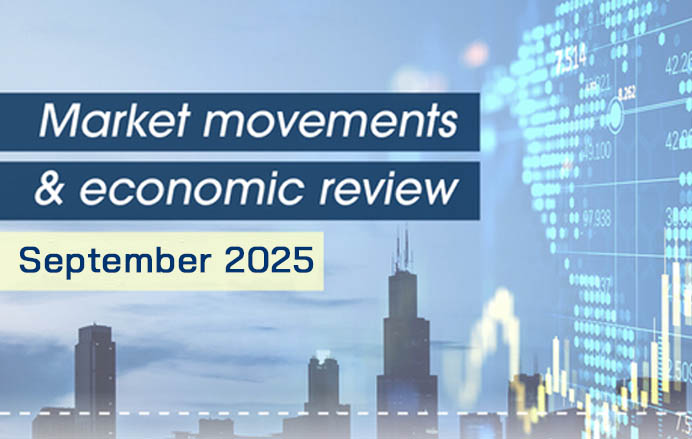
Thinking of buying a home? That’s a big step and an exciting one too. But before you start scrolling through real estate listings, it’s important to consider how any debt you are holding will impact your application.
When you apply for a home loan, lenders look at more than just your income. They assess the whole picture to determine how much they’re willing to lend you. One of the key pieces of that puzzle is your existing debt. Depending on what you owe and to whom, it could either reduce the amount you can borrow or impact your chances of being successful in your application.
How lenders decide what you can borrow
Lenders calculate what’s known as your borrowing power. This is the amount they believe you can comfortably afford to repay on a home loan. To figure that out, they consider your income, your expenses, existing debt, credit history, savings patterns, and the size of your deposit. They’ll also take into account the property you’re wanting to buy, the term of the loan, and type of loan.
It all comes down to risk. A lender wants to be confident you can meet your repayments without stretching yourself too thin. And that’s where the type of debt you hold becomes very important.
Some debt is better than others
Not all debt is equal. Some types of debt are seen as manageable or even responsible, while others are not viewed favourably.
Let’s start with personal loans, particularly those used for holidays, weddings or other one-off costs. These are unsecured and tend to have higher interest rates, which makes them less attractive from a lender’s perspective. On the other hand, a car loan that’s secured against the vehicle might be seen in a slightly better light, though it still reduces your capacity to take on a mortgage.
Student debt, like HECS or HELP, is generally treated more leniently because of its income-based repayment structure. But lenders still factor it in when assessing how much disposable income you have.
Credit cards can be especially tricky. It’s not just the balance you owe that matters – it’s the limit. Even if you clear your balance each month, a high limit can work against you because it represents potential debt.
Buy now, pay later services have become increasingly popular, but they also tend to be red flags for lenders. If you’re regularly using these services, it could suggest you’re relying on short-term credit to get through the month.
Then there’s co-borrowed debt, where you’ve taken on a loan with someone else. Even if you’re not the one making the repayments, a lender will still treat that debt as your responsibility. And if you already have an existing mortgage, that naturally has a big impact on what you can afford to borrow next.
Steps to reduce the impact of debt
If you’re keen to strengthen your loan application, there’s plenty you can do. Start by checking your credit report to make sure everything listed is accurate and sort out any errors or unexpected surprises.
Focus on paying off high-interest debt first, especially credit cards. If you can, reduce your card limits or close accounts you’re not using. That alone can make a noticeable difference to your borrowing power.
Try to avoid taking on any new debt in the months leading up to your application. A new personal loan or store finance might seem manageable now, but it could make your finances look more stretched than they actually are.
The goal is to show lenders that you’re in control of your money. That means a steady savings history, low debt levels, and a clear plan for managing repayments once you take on a mortgage.
Remember, debt isn’t everything
While your debt levels play a major role in the loan assessment process, don’t be discouraged if you’re not completely debt-free.
What matters most is how you manage the debt you do have and the steps you’re taking to get your finances into shape. If home ownership is your goal, now’s the perfect time to start managing your debt and building up your financial confidence.
Your future self (with the house keys in hand) will thank you for it.
If you have any questions or need any information please give us a call on 039723 0522.




